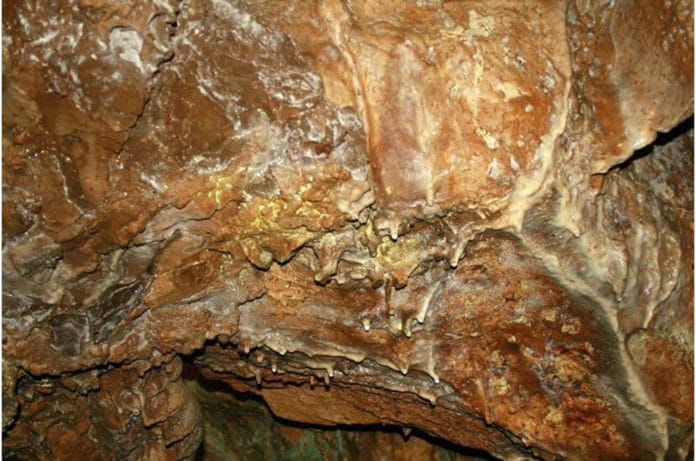Data from five landed Mars rovers indicates that no life could survive on the Martian surface. However, it remains elusive whether life could exist below the ground.
Microbes must convert or stabilize elements from their inorganic form into a useful, organic form to tolerate underground life on Mars or elsewhere.
This skill, called lithoautotraphy, becomes useful specifically for microbes living in caves. These cave environments often lack nutrients because of the absence of sunshine and organic material enjoyed by life on the surface.
A new study tries to shed light on whether underground extraterrestrial life could exist. Scientists explored carbon cycling in the lava caves at Lava Beds National Monument in California to test their ideas.
As lava flows from a volcanic eruption, a stiff outer shell eventually solidifies as magma flows inside, creating hollow tubes. Because lava tubes form through volcanism, they are presumed to exist elsewhere in the solar system, making them valuable models for planetary speleology.
Scientists analyzed carbon sources used by cave bacteria living in biofilms, speleothems, and soil in California. They compared carbon isotope signatures in bacterial fatty acids to carbon sources outside the cave.
They found that the fatty acids produced by Actinobacteria in biofilms bear isotope signatures that could not derive from outside sources. In contrast, bacteria from other cave features, such as the speleothems assimilate organic carbon derived from the surface.
The results suggest that some bacteria in basaltic cave ecosystems are fixing their carbon. This indicates that the microbes survive independently of the surface environment.
The findings challenge the paradigm that all cave microbiota subsists on surface inputs. Also, it could have significant and positive implications for the search for extraterrestrial life.
Journal Reference:
- Matthew J. Selensky et al., Stable Carbon Isotope Depletions in Lipid Biomarkers Suggest Subsurface Carbon Fixation in Lava Caves, Journal of Geophysical Research: Biogeosciences (2021). DOI: 10.1029/2021JG006430
